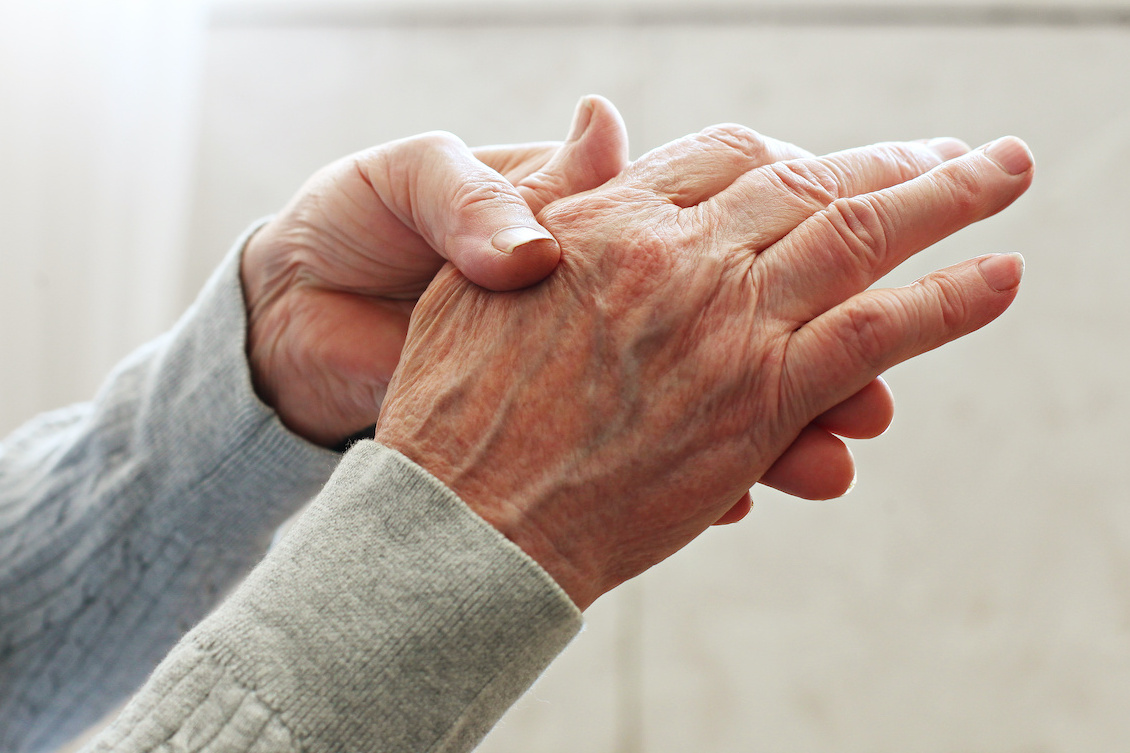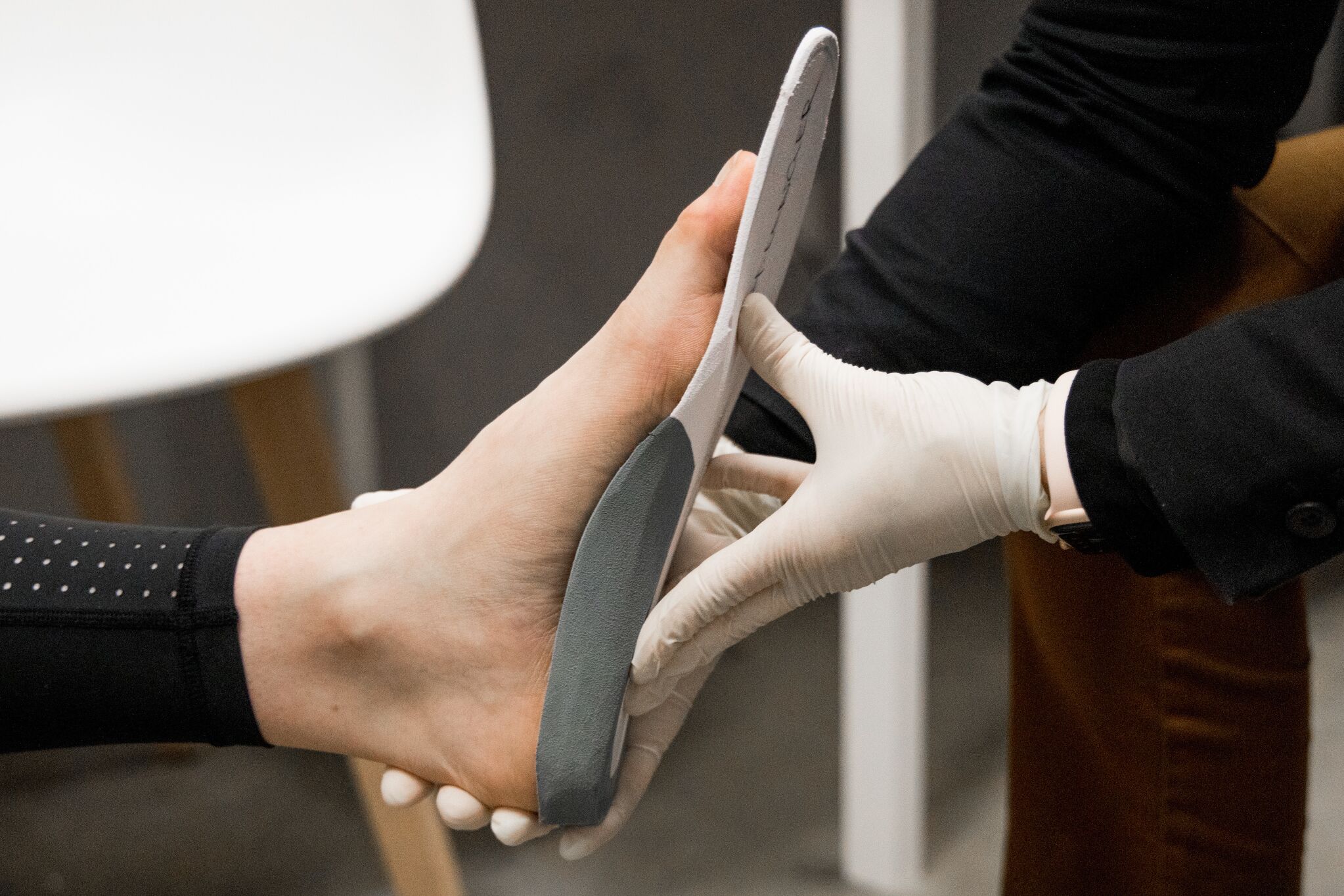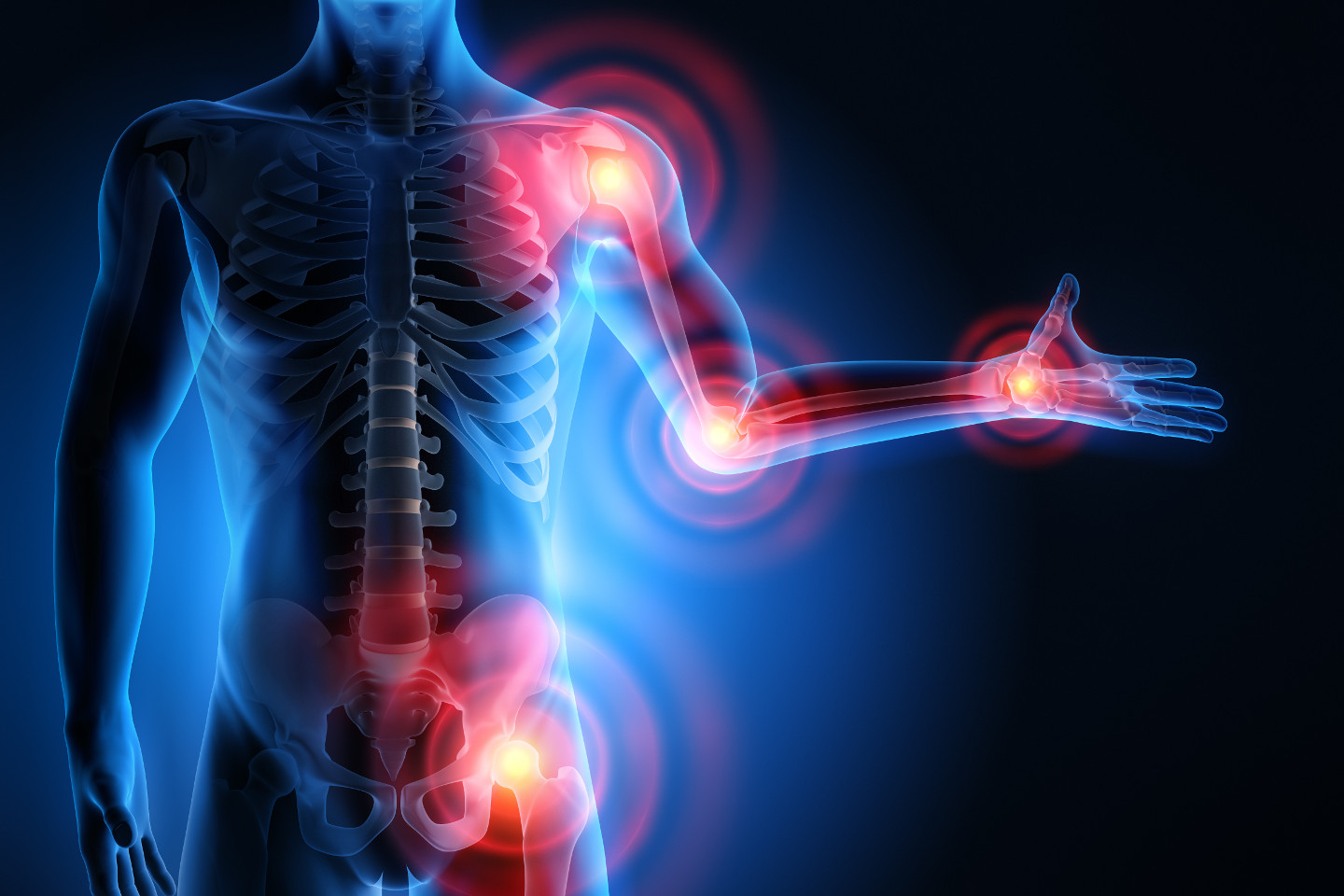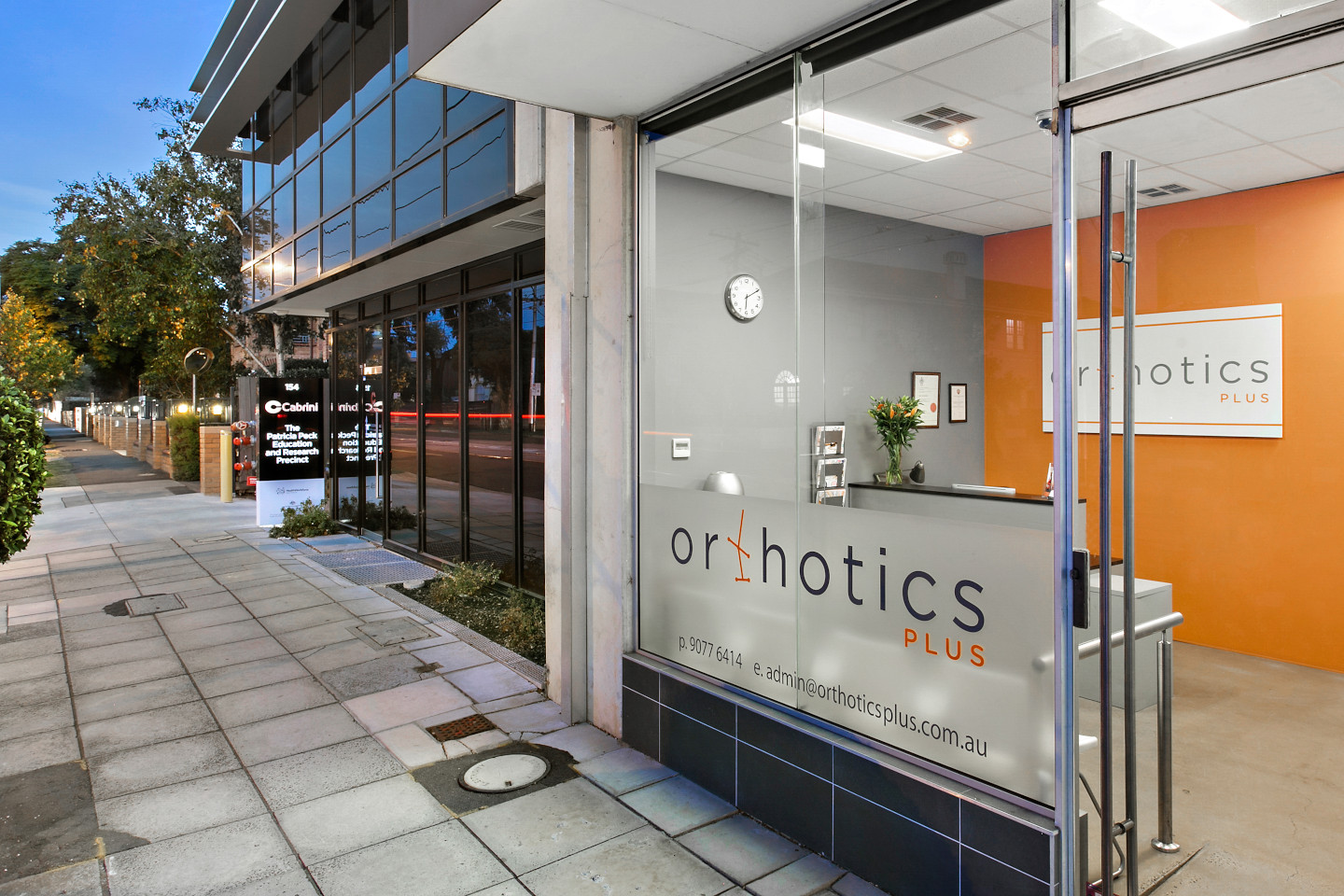What is Osteoarthritis?
Osteoarthritis (OA) is a whole joint disease which results in inflammation of the joint and damaged cartilage. Cartilage covers the end of bones where they articulate with each other.
Osteoarthritis used to be commonly considered a wear and tear condition, however it is more recently characterised as a whole joint condition or failure. Approximately 2.2 million Australians are living with OA, with the majority being female.
While it is more common for older adults to acquire OA, it is present in younger adults too.
Orthotics Plus provides a range of Orthotic devices and treatments for OA, our objective is to help people live with less pain and greater mobility.

Orthotics for Osteoarthritis
Orthotics Plus primarily helps those with osteoarthritis of the foot, ankle, knee, wrist, base of the thumb, hand and spine. Orthotics may help patients living with OA by:
- Managing acute and chronic pain
- Promoting joint function
- Facilitating healing in a given area
- Assisting people to live an independent and mobile life
Orthotics is a healthcare pathway that could be trialled alongside pharmaceutical interventions or prior to invasive procedures such as joint replacements.

Symptoms of Osteoarthritis
The symptoms of OA are experienced and progress differently from person to person. In general, the symptoms of OA are described as:
- Pain localised to a joint
- Stiffness, crepitus (a grinding sensation)
- Swelling
- Loss of range of motion
- Increased feeling of warmth
Symptoms may be worse at different times of the day, or if the person remains in the same position for extended periods.
OA can also be asymptomatic, meaning the person has OA but no symptoms.

Osteoarthritis Diagnosis & Referrals
Osteoarthritis can be diagnosed in several ways, which are usually radiographic imaging, physical assessments and reviews of medical history.
Patients are often referred for an Orthotic assessment after they have undergone imaging and have been diagnosed with Osteoarthritis.
However, we see patients who have been referred for an assessment prior to an official diagnosis. In these cases, we may refer the patient for imaging and then request they revisit Orthotics Plus afterwards.
Orthotics Plus would then review x-rays/MRIs so they can be considered during a full physical assessment and suggest appropriate interventions.

Orthotics and Multidisciplinary Care
Orthotics Plus encourages patients to be guided by a GP or relevant specialist to act as a centrepiece for multidisciplinary care. Our Orthotists work collaboratively with these professionals.
Orthotic treatments should be used in conjunction with optimal amounts of exercise, rest, prescribed medication, pain management strategies and complementary healthcare.
Osteoarthritis is commonly treated by a number of healthcare teams, depending on the patient’s individual pathology, lifestyle and meaningful goals.
For example, working with an Occupational Therapist to be prescribed assistive equipment or home modifications, a Dietician can support the weight loss process or a physiotherapist to maximise the patient’s mobility.

Osteoarthritis FAQ
Orthotics Plus is aware of the following resources which may be helpful:
- Chronic pain management organizations such as Painaustralia and Chronic Pain Australia.
- Osteoarthritis-specific organizations such as Arthritis Australia and Musculoskeletal Australia .
- Various Chronic Pain and Arthritis Support groups
- Seeking Allied Health professionals, such as Orthotists, Physiotherapists, Occupational Therapists etc
After the initial consultation and fitting, depending on what the device is, patients typically visit for a checkup after two weeks, then annual reviews unless additional assistance is required.
NDIS participants living with Osteoarthritis may contact Orthotics Plus to contribute to NDIS plan reviews or reports, where we ensure our solutions are still reasonable and necessary.
Orthotics Plus suggests OA is impacted by a range of lifestyle factors that can be modified.
We encourage people to aim for a healthy body weight, to eat healthy food and to exercise regularly (developing strength, cardiovascular, range of motion, etc).
For people who have acquired an injury, seek consultation from a health professional to understand the optimal amount of load-bearing through that particular joint.
We encourage people to keep moving in an active, meaningful lifestyle, as opposed to being sedentary.
If it comes to a point where movement causes pain, it may be time for an Orthotic intervention to help build tolerance and capacity.
In late 2020, we were provided with a referral from a surgeon in rural Victoria.
The patient suggested she had not found a local Orthotist and was willing to drive four hours to see us for an assessment. The lady mentioned that she works long days on her feet.
We fitted her with an unloader knee brace and foot orthotics as well as providing education on more appropriate footwear, immediately, she commented that she felt significant pain relief.
During a follow-up, the lady said she was completing her long shifts without pain and was “absolutely loving Orthotics Plus” because we had made a difference to her everyday life.
In most cases, Orthotic devices are not worn during hydrotherapy.
The purpose of hydrotherapy is to provide an aquatic environment where movement is more tolerable compared to on land, as such, the use of an Orthotic device may be contradictory.
Please contact our Orthotists if you have hydrotherapy related questions.